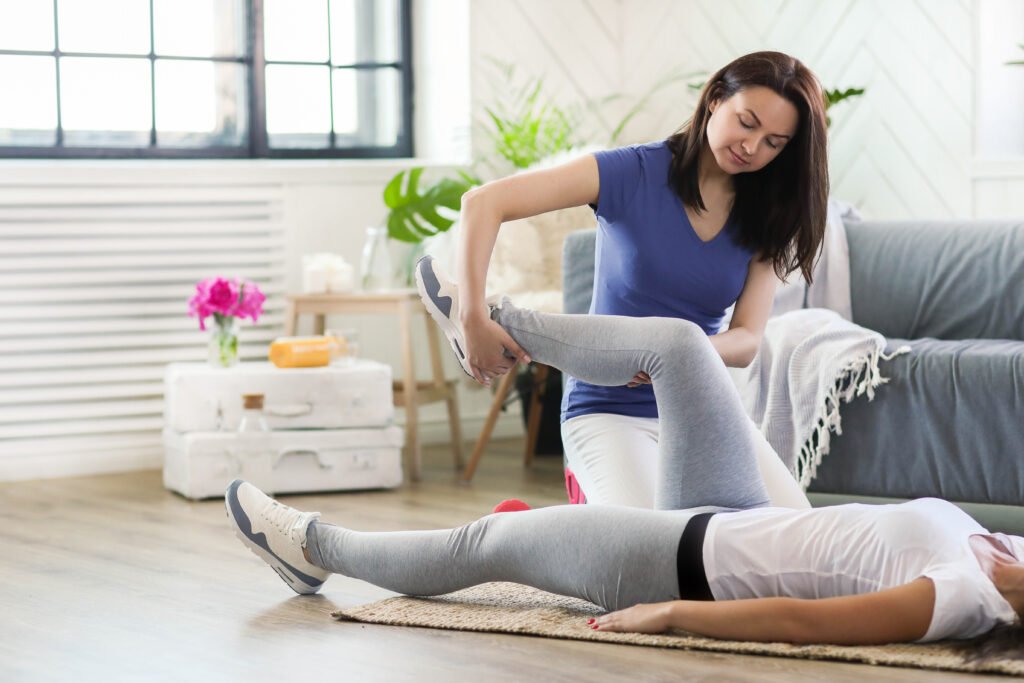Menopause: A Guide
Darshana Shah
March 2024
An Introduction
Women of all ages feel the effects of the menstrual cycle. At a young age, females experience their first periods with cramps, mood swings, and even PMS (Premenstrual Syndrome) that stick with them until they hit menopause. However, even when women feel their menstruation cycle coming to an end, the body can experience vast fluctuations due to changes in hormones during the menstruation cycle. Many women, experiencing periods for years, feel perplexed and anxious due to the changes in their bodies and find it hard to reach out and get the right support.
By definition, menopause is the time after which the menstrual cycle has stopped. Usually, it is diagnosed once 12 months have gone by without a menstrual period.[1] Generally speaking, most women experience the transition period of menopause in their 40s and menopause in their 50s; however, factors such as stress, lifestyles, and diets can result in menopause occurring at varying times for different women.

Causes
Similar to the initial experience of menstruation, menopause is a natural biological process that signifies the end of a woman’s menstruation cycle. Generally speaking, the cycle for menopause is gradual and slow – periods can appear to be further apart and less frequent during this time in the cycle.
There is also premature menopause which could occur for women who are experiencing menopause before they hit their 40s. Generally speaking, 5% of women experience premature menopause, and although this number may seem low, many women suffer from the side effects of premature menopause.[2] Some of these side effects include reduced ability to get pregnant as ovulation is slowed, an increased risk of osteoporosis (which is when bones in the body become weak), and even cardiovascular disease.[3 ] As seen by these side effects, premature menopause leaves women susceptible to higher risks of serious health issues as women experiencing premature menopause go longer without experiencing or retaining the benefits of estrogen.
Stages
The 12 months before being diagnosed with menopause are known as perimenopause. While perimenopause may not significantly disrupt the day-to-day life of certain individuals, it is common for this time period to result in physical, emotional, mental, and social changes that can deeply affect women’s lifestyles. Similarly, the period of perimenopause can differ from person to person; while it could last for a year for one individual, it could last several more years for another.
Following perimenopause is menopause, which is the time after a woman has gone without a period for 12 months as previously stated. At this point, the reproductive system comes to a stop and the ovaries will cease to produce eggs. This also means that after menopause, women can no longer bear children naturally. However, with the use of ART, or assisted reproductive technology, the possibility of bearing children still exists. Despite it being a natural biological process, menopause can also occur as a result of surgery or other medical procedures such as chemotherapy.
The last stage is post-menopause which is simply the time after the 12 months of menopause and generally, this time period could alleviate some of the side effects and symptoms which are explained in more detail in the next section. Since every woman’s body is different, the post-menopause time period can differ for each woman; as a result, some women will experience the side effects for a longer period of time, sometimes amounting to a decade after menopause.
Effects
Some side effects of menopause include hot flashes, night sweats, vaginal dryness, urinary urgency, difficulty sleeping, emotional changes, dryness on the skin, breast tenderness, and sometimes even the worsening of PMS.[4] These are symptoms that are often experienced leading up to the time of menopause and are the most common ones that are experienced. Not only do these carry over into menopause, but they are also good indicators of the start of menopause.
Since menopause also causes a hormonal change in the body, symptoms can differ from person to person. Some uncommon effects include headaches, muscle and joint pain, racing heart, hair loss, and difficulty concentrating. [5]
What Can Be Done
The best way to deal with menopause and its effects is to understand what menopause is and how it can affect one’s body. There are always doctors available to help, and often gynecologists will support women through their journey throughout menopause by providing advice and guidance along the way. It is also important to recognize the changes that occur in the body and understand that it is a natural process, and with the proper support system and knowledge, the journey can be made less stressful.
References
[1] Mayo Foundation for Medical Education and Research. (2023, May 25). Menopause. Mayo Clinic.
[2] Early and premature menopause. NHS inform. (2024, January 22).
[3] Mayo Foundation for Medical Education and Research. (2023, May 25). Menopause. Mayo Clinic.
[4] Cleveland Clinic Medical. (n.d.). Menopause: What it is, age, stages, signs & side effects. Cleveland Clinic.
[5] Cleveland Clinic Medical. (n.d.). Menopause: What it is, age, stages, signs & side effects. Cleveland Clinic.









